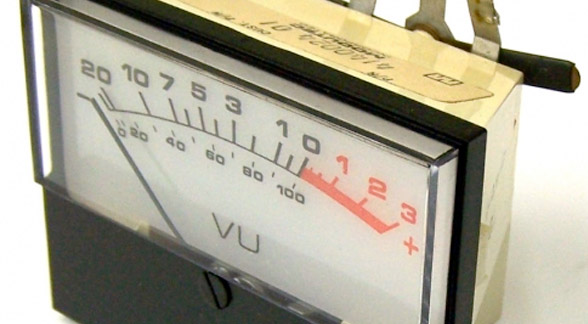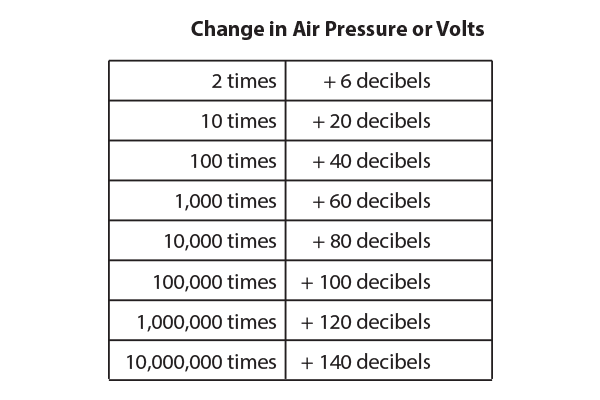What’s in a decibel?
Sound happens in the atmosphere. The rarefaction and compression of air molecules, the minute rising and lowering of air pressure, causes our human eardrums to sympathetically vibrate and pass along nerve impulses to our brains. Audio microphones work pretty much the same way. They’re called transducers and convert sound pressure waves into electrical energy, which is passed along to preamplifiers and ultimately to amplifiers and speakers.
Volume or amplitude is measure in a standard unit called a decibel, named after Alexander Graham Bell (1847-1922), the inventor of the telephone and an early researcher in audio. The original unit was actually the Bel but subsequent acousticians needed something less coarse and divided the Bel into 10 subdivisions thus the decibel or its abbreviation the dB became the standard that is still in current use.
But decibels are not absolute measures of air pressure; they correspond to a ratio between two amplitude levels. When designated with an accompanying SPL for example 120 dB SPL, the amplitude or volume level becomes an absolute value.
Our ears can detect sounds that are very quiet and they respond to very loud sounds as well (although extended exposure to very loud sounds can be dangerous). The quietest sounds exist near what’s known as the threshold of hearing. In SPL terms, this threshold is referred to as 0 dB SPL. Every other amplitude level then becomes anchored to that reference.
So we have a range of values for human hearing that has 0 dB SPL at the lowest end and 140 dB SPL at or near the high end or the threshold of pain. This continuum is not linear, however. The decibel scale is logarithmic, meaning each doubling of the change in air pressure or volts when we’re talking about electrical systems results in 6 dB of additional sound level.
This logarithmic measurement system allows us to keep the numbers manageable. For example, a change of 20 dB is equal to 10 times more air pressure or voltage, 40 dB is 100 times more and 60 dB translates to 1000 times more. If we didn’t use this system the difference from the softest sound to the loudest would be 10 to 12 power or 10 followed by 12 zeros! Let’s stick with the logarithmic scale for amplitude levels.


